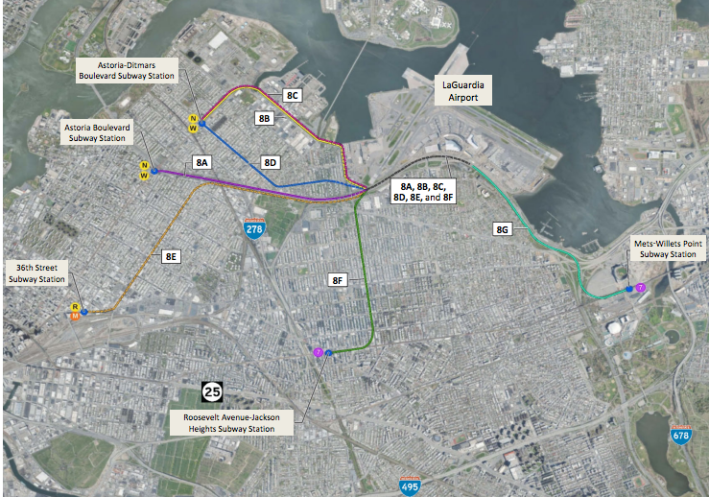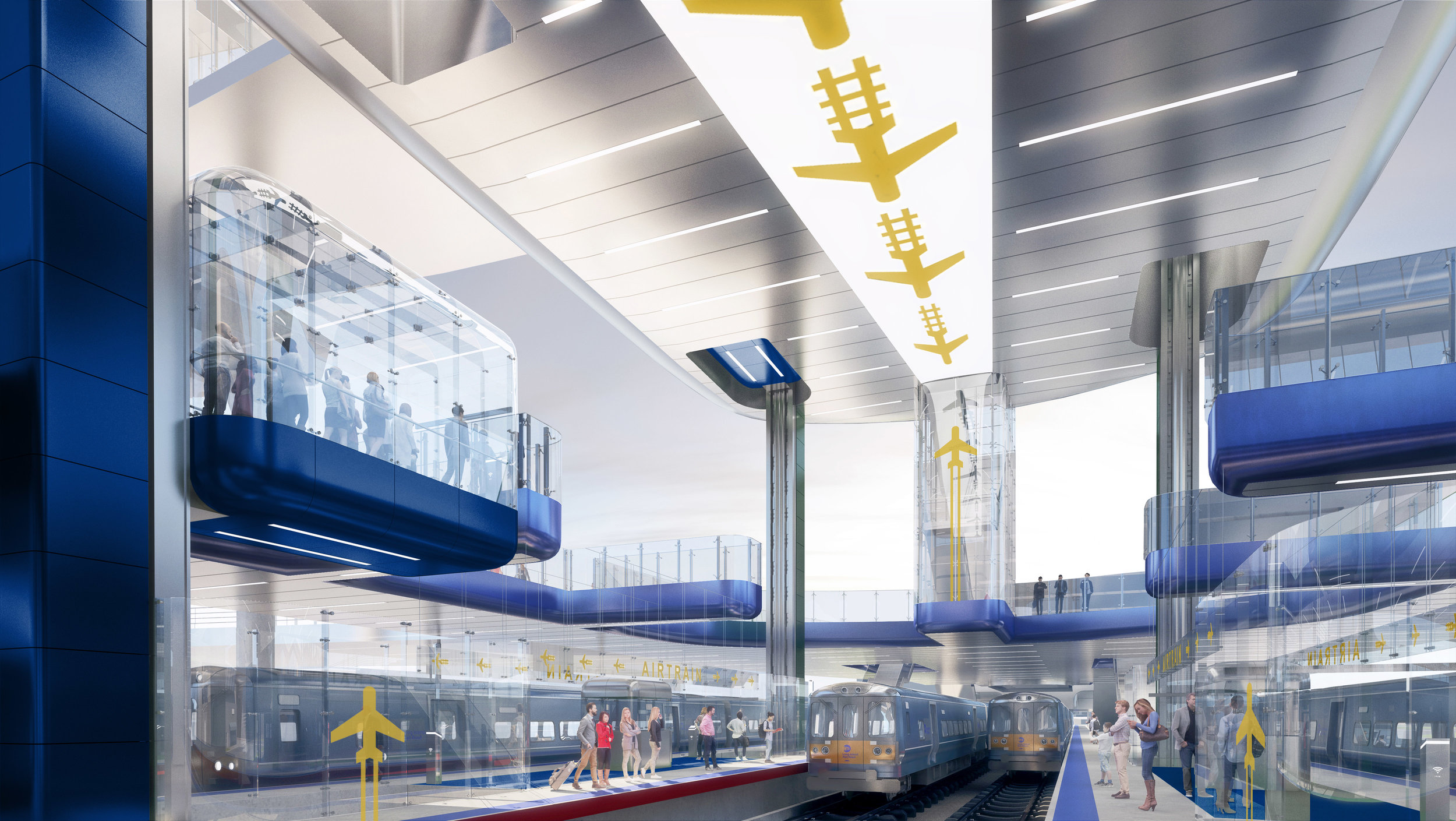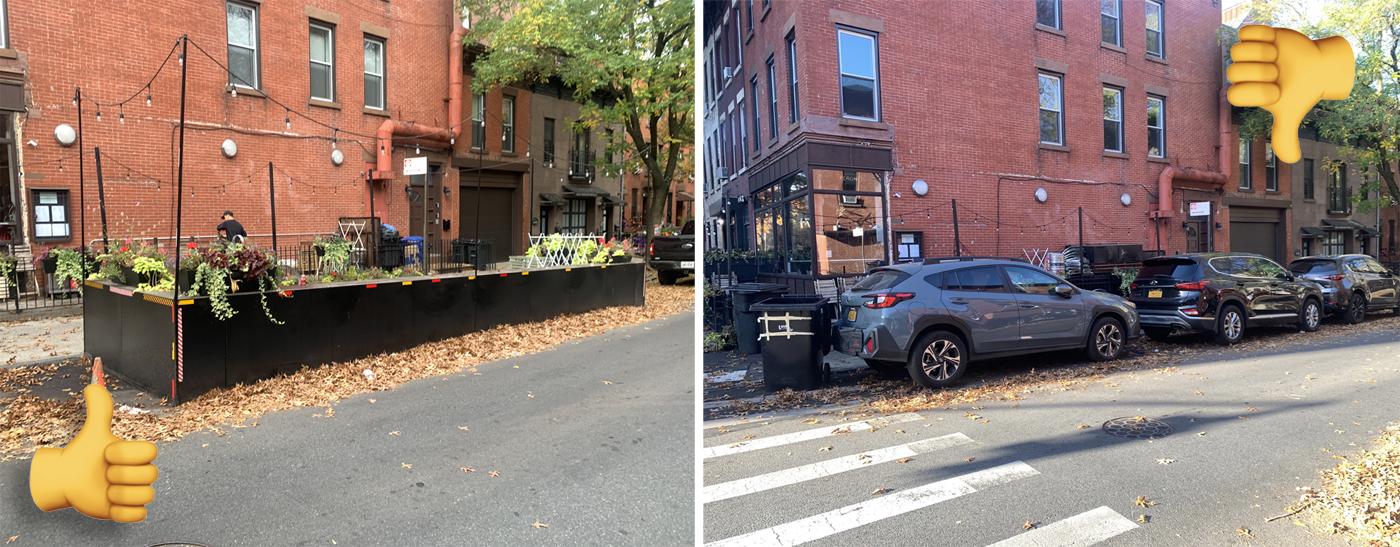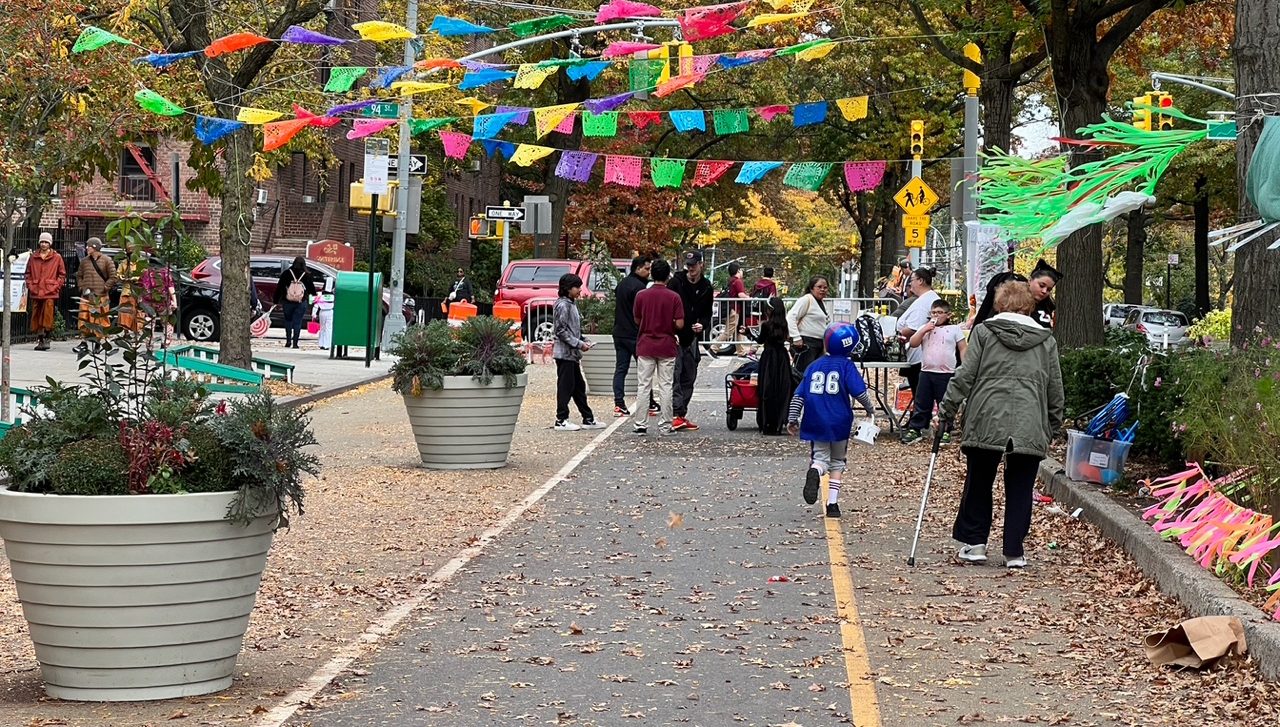The proposed LaGuardia AirTrain, a brainchild of Gov. Andrew Cuomo, doesn’t make any sense.
When the project was slated to cost just $500 million, it seemed foolish, but relatively cheap. Now that the price tag has climbed beyond $2 billion, New York should pull the plug on this ill-formed idea. New Yorkers can again tell their leaders to do so in two weeks at the next public meetings about the project. A coalition of local and environmental groups wrote Cuomo last month demanding a halt to the project until an independent study is conducted.
Most travelers to and from LaGuardia are heading from or to Manhattan — and airport workers come from all over the five boroughs. But the proposed AirTrain — which the Federal Aviation Administration insists is the only feasible transit option for the airport — would require travelers to bypass LaGuardia and then double back to it from an as-yet-unbuilt station at Willets Point. That means passengers would have to travel farther away from major transit hubs and Manhattan in order to reach other trains bound for their destinations.
No one really knows how the governor came up with this circuitous and inefficient route. Allegedly, the Metropolitan Transportation Authority and the Port Authority of New York and New Jersey were prepared to unveil a variety of ideas for improving transit access to the East Elmhurst airport, including reviving the long-dormant plan to extend the N train to the airport, but the governor would have none of it. He wanted the AirTrain to run from Willets Point along the Grand Central Parkway beside Flushing Bay, where there is a park and promenade. The route would connect to the 7 train near Citi Field and the Long Island Rail Road’s Port Washington branch.
Almost immediately, transit experts questioned the route. In an early analysis, Yonah Freemark at The Transport Politic explored how the so-called Backwards AirTrain would actually raise travel times for most people trying to get to the airport. Trips to and from Manhattan and Downtown Brooklyn would take anywhere from 10 to 20 percent longer, while travel between the airport and the Bronx could take twice as long. Only folks bound for Flushing, Great Neck or Port Washington would see any travel-time benefit, and that's just a small percentage of LaGuardia travelers as a recent survey [PDF] found that just 13.3 percent of those traveling to and from the airport come from all of Eastern Queens and Long Island (and not just those towns along the Port Washington branch).
But the numbers tell only part of the story. Cuomo’s plan relies on an overtaxed subway and an isolated and infrequent LIRR line. Even with some peak-hour express service, the 7 train from Willets Point to Grand Central is a crowded, narrow-body train that can’t take too many more people at peak hours, let alone airport travelers with luggage.
The LIRR’s Port Washington branch, meanwhile, stops only twice an hour at Willets Point and offers no connection to the transit hub at Jamaica, thus bypassing an important transfer point and failing to connect to trains bound for other parts of Long Island or Brooklyn’s Atlantic Terminal. It is, in essence, the least-useful LIRR line for dispersing travelers to other parts of the region. Thus, the LaGuardia AirTrain will not only lead to longer and time-consuming trips, but also trips that are inconvenient. It’s the worst of all transit outcomes: a $2-billion project designed to push potential riders away from their destinations.
There are, of course, better solutions. The N train extension could serve parts of Astoria and East Elmhurst that now lack subway service while offering a one-seat ride to and from the airport. An AirTrain that connects to Jackson Heights instead of Willets Point could provide a more direct connection to more subway lines closer to Manhattan. Even something as simple as dedicated bus access to LaGuardia could deliver more benefits than the AirTrain and requires only some paint and the elimination of some parking spots. Why the Port Authority has been so quick to dismiss these immediate and low-cost solutions remains a mystery.

Yet the fix is seemingly in: Cuomo gets whatever he wants, often through Port Authority Executive Director Rick Cotton, an aide Cuomo once dubbed his "czar of infrastructure." Although the FAA in partnership with the Port Authority has yet to publish a formal alternatives analysis — a part of the forthcoming Environmental Impact Statement — the federal agency outright dismissed options that transit experts such as Freemark prefer in a November presentation prepared for “community leaders.” Without explanation, the FAA claimed that better bus service wouldn’t provide better access to the airport or reduce car trips and determined that any number of subway expansion proposals would lead to disruptions in existing service and a material effect on other major infrastructure.
The AirTrain also gained an influential outside backer last summer when the Regional Plan Association begrudgingly endorsed Cuomo's preferred route, providing a number of recommendations that it said would improve the proposal. The November presentation did not address the RPA's concerns directly.
It’s impossible to evaluate the presentation's claims on their merits without the underlying evidence used in the assessment. But the fact that, amazingly, only Cuomo’s proposal for the Backwards AirTrain fulfilled the Environment Impact Statement criteria doesn’t pass the smell test.
Is New York stuck, then, with a generational mistake, a $2 billion boondoggle with few transit benefits being driven solely by the governor’s whims? Project opponents are working to bring together disparate groups — Queens residents worried about access to Flushing Bay, conservationists concerned about the effect on ecology, transit advocates concerned about wasteful spending — but even then, stopping a project with the strong backing of Cuomo is no sure thing. The Port Authority dedicated the money for it in October.
In the end, though, the LaGuardia AirTrain is a bad plan with a price tag well in excess of its few benefits. Even though the project enjoys the support of Cuomo and his hand-picked Port Authority leadership, a focused, community-based opposition that could line up behind a transit option with more benefits for the local communities and a more rational price tag could change the conversation. Either way, the Backwards LaGuardia AirTrain should not go forward.
Benjamin Kabak (@2avsagas) is the editor of Second Ave. Sagas, where he covers city transportation. The FAA’s next public meetings on the AirTrain are January 14 and 15 from 6:30 to 8:30 p.m. in the Grand Ballroom of the New York LaGuardia Airport Marriott, 102-05 Ditmars Boulevard, East Elmhurst.







